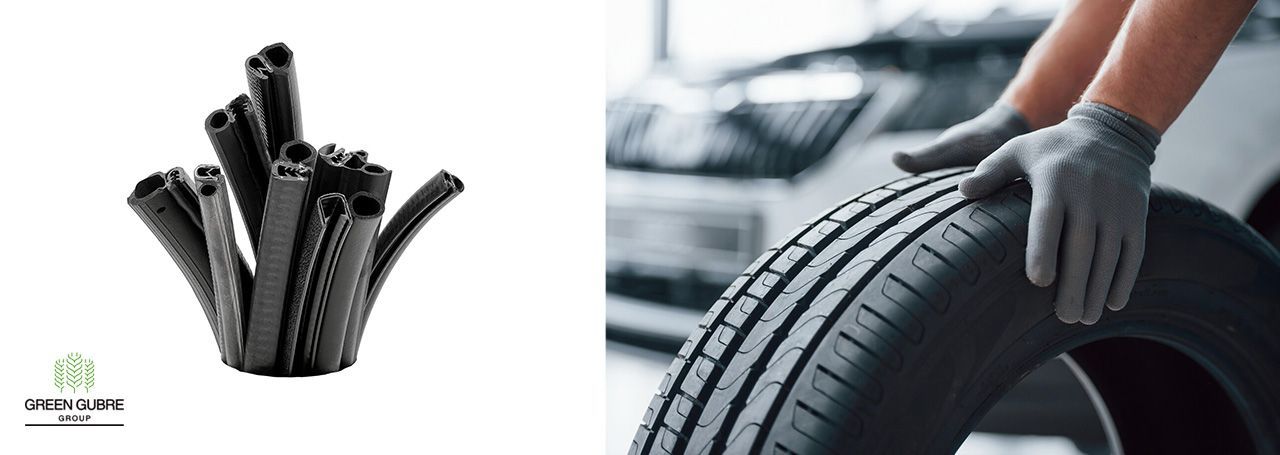Exploring the Role of Synthetic Rubber in the Automotive Industry
Exploring the Role of Synthetic Rubber in the Automotive Industry

Synthetic rubber, particularly Styrene-Butadiene Rubber (SBR) and Polybutadiene Rubber (PBR), has revolutionized the automotive industry. From tire manufacturing to seals and gaskets, synthetic rubber materials offer superior performance, durability, and flexibility. This blog delves into the role of synthetic rubber in the automotive sector, highlighting its advantages over natural rubber and its applications in vehicle components.
1. What Is Synthetic Rubber?
Synthetic rubber is an artificial polymer that mimics the properties of natural rubber but offers improved resistance to wear, weather, and chemicals. SBR and PBR are the most commonly used synthetic rubbers in the automotive industry due to their strength and durability. While natural rubber is still used, synthetic alternatives offer enhanced performance, especially in demanding applications like tires.
2. Automotive Applications of Synthetic Rubber
Synthetic rubber is used in a wide range of automotive components:
- Tires: SBR and PBR are critical in tire manufacturing due to their excellent abrasion resistance, flexibility, and ability to withstand varying temperatures. These properties ensure longer-lasting tires with better traction.
- Seals and Gaskets: Synthetic rubber is used to create seals and gaskets that protect engine components from leaks and wear. Its resistance to heat and oil makes it ideal for these applications.
- Belts and Hoses: Synthetic rubber is also used in the production of belts and hoses for engines, where durability and flexibility are required under high-stress conditions.
3. Advantages of Synthetic Rubber Over Natural Rubber
While natural rubber is still valuable, synthetic rubber offers several advantages:
- Durability: Synthetic rubber has a higher resistance to environmental factors such as UV exposure, extreme temperatures, and chemicals, making it ideal for automotive applications.
- Performance: SBR and PBR provide better traction and wear resistance, improving tire performance and longevity.
- Cost-Effectiveness: Synthetic rubber can be produced in large quantities at a lower cost than natural rubber, making it a cost-effective solution for manufacturers.
Conclusion:
Synthetic rubber, particularly SBR and PBR, is essential in the automotive industry, providing superior durability, performance, and flexibility compared to natural rubber. Its widespread use in tires, seals, and other automotive components underscores its importance in enhancing vehicle performance and safety.




